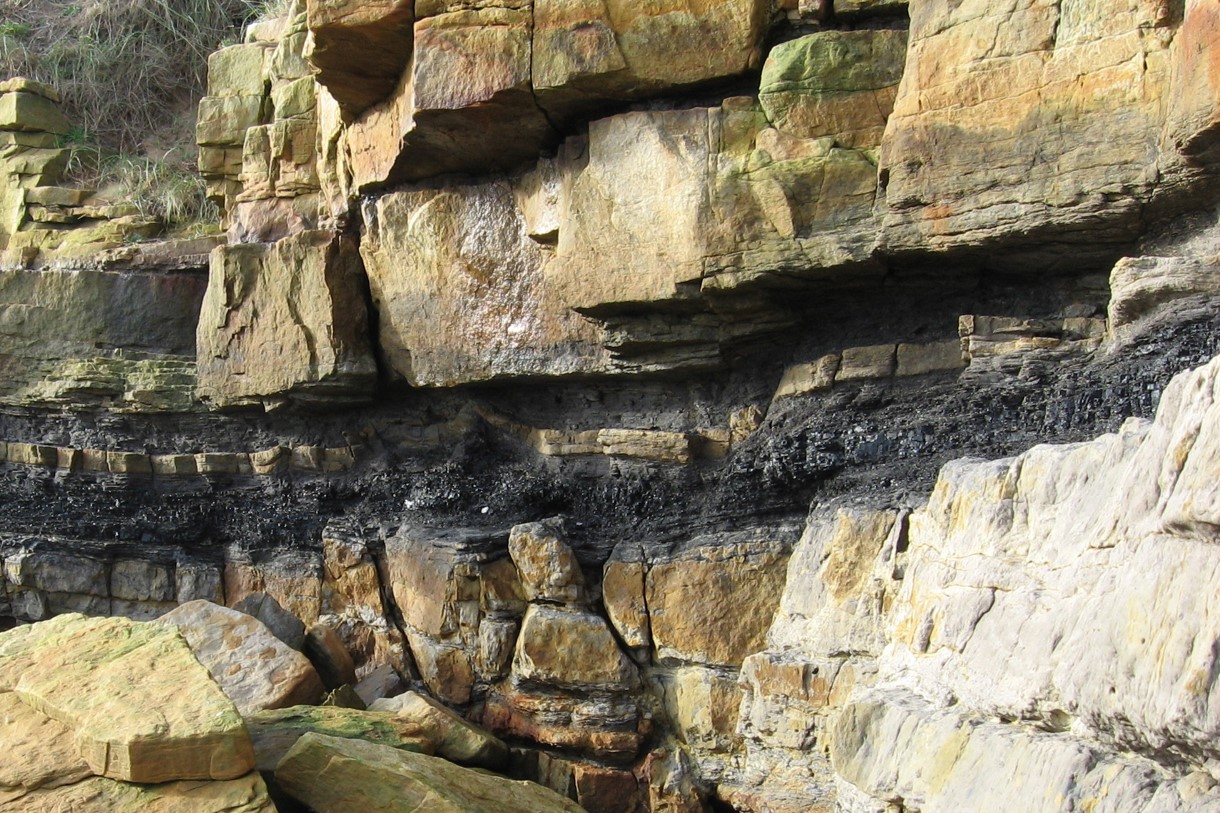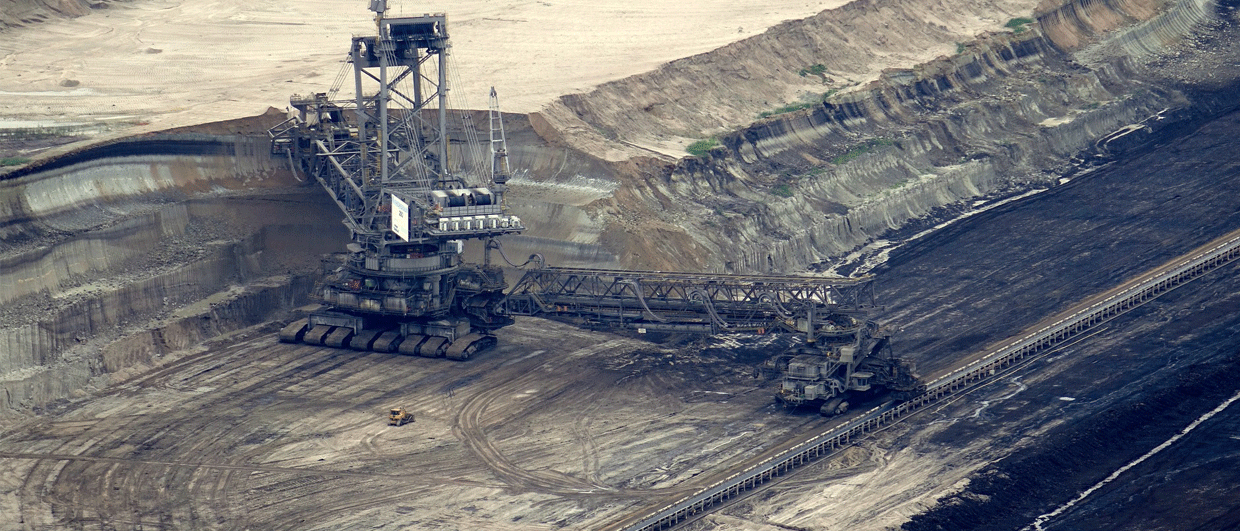Whilst coal has seen a dramatic fall as a fuel to generate electricity in the UK over the past few years, a recent development puts the black gold of the Industrial Revolution back in the spotlight.
A new coal mine
In October last year, Cumbria County Council approved plans for the construction of the mine for the third time, after the company changed the design a couple of times.
And this month, the government in Westminster also allowed the mine to be constructed, which paves the way for it to go ahead.
Planned along the Irish Sea coast near the village of Whitehaven, coking coal will be extracted from under the seabed and is meant to be used primarily for the steel industry. The coal is from the Upper Carboniferous Pennine Middle Coal Measures Formation, as described by the BGS Offshore and Onshore Geoindex websites.
Coking coal – a type of coal suitable for steel production – generally requires a rank between anthracite and lignite, and is generally low in sulphur and ash. Before being used in furnaces to extract iron from the ore, the volatile components of the coal have been removed by a process called coking, whereby the coals are heated in the absence of oxygen.
The decision to go ahead with the plans to build the mine – the first one in thirty years – is controversial for obvious reasons. However, it is important to realise that although the UK Government is phasing out thermal coal for power stations by 2025, it has not yet announced plans to do the same for coking coal.

Coal that would otherwise be imported
An argument from supporters of the coal mine is that if the fuel is not sourced locally, it will be imported from elsewhere, with the associated emissions from transport. In that sense, the issue is as much a question about the future of the UK steel industry as it is about coal mining.
Local coal extraction – CO2 capture and storage?
A seemingly quick way to compensate for the extraction of domestic coal for coking and steel fabrication would be to enforce capture of the CO2 at the steel plants and inject it in an abandoned gas field. Steel plants lend themselves much better for CO2 capture than more dispersed small sources as they are a single point of high emissions.
In that light, it is interesting to note that one of the two remaining British steel plants – Scunthorpe, owned by British Steel – is located in an area where a consortium of companies is working on the “Zero Carbon Humber” project. British Steel is even mentioned as one of the participants in the project.
Given that one of the visions of the consortium is to capture CO2 from “energy-intensive industrial sites” and inject it in a reservoir offshore, it seems that burning coal for steel production on this site has the potential to be done in an environmentally friendly way.
HENK KOMBRINK





